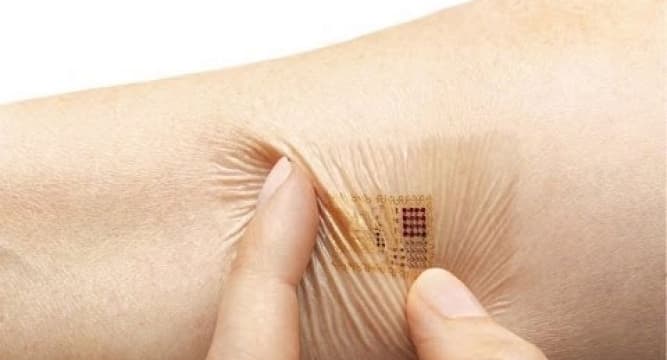Scientists Synthesise Complex Skin Tissues In The Laboratory
A group of researchers from the RIKEN Center for Developmental Biology (CDB) have collaborated with the Tokyo University of Science and other Japanese scientific institutions of repute, in a bid to fabricate hair follicles and sebaceous glands, thereby creating a complete artificial skin with its inherent properties. Owing to reprogrammed iPS cells, the team’s creation was successfully implanted on the tissues of live mice which got synced with the existing cells. The complete system responded well when it was tested using an external stimuli.
Bioengineering has extensively transformed artificial cell culture and paved a path where damaged organs are rejuvenated, and life is present through that extra material when it gets connected to a living tissue. Although the work efficiency can be compared to natural cells, the engineered cells lacked some functionality which were added later by the team. At first, the group had taken cells from living mice, and then was treated with certain chemicals which ultimately changed them to induced pluripotent stem cells(iPSC), using a methodical approach discovered by Shinya Yamanaka in 2006.

In the lab, the team developed embryoid body (EB) from iPS using Wnt10b signaling which was then placed in sync with the living tissues of immune-deficient mice. The cells finally gained the power of self-reproduction and produced many replicas. After that, the output tissue was removed from the target mice and implanted on other mice where the tissue emerged as a shell tissue.
Ultimately overcoming innumerable hardships, the team succeeded in providing a solution where the new cell assembly can work in perfect harmony with the new environment. The tissue has mimicking natural hair follicles, oil and sweat glands which would be a key pathway to develop artificial organs for transplantation. The complete report was published in the Science Advances journal.
Source: #-Link-Snipped-#
Bioengineering has extensively transformed artificial cell culture and paved a path where damaged organs are rejuvenated, and life is present through that extra material when it gets connected to a living tissue. Although the work efficiency can be compared to natural cells, the engineered cells lacked some functionality which were added later by the team. At first, the group had taken cells from living mice, and then was treated with certain chemicals which ultimately changed them to induced pluripotent stem cells(iPSC), using a methodical approach discovered by Shinya Yamanaka in 2006.

In the lab, the team developed embryoid body (EB) from iPS using Wnt10b signaling which was then placed in sync with the living tissues of immune-deficient mice. The cells finally gained the power of self-reproduction and produced many replicas. After that, the output tissue was removed from the target mice and implanted on other mice where the tissue emerged as a shell tissue.
Ultimately overcoming innumerable hardships, the team succeeded in providing a solution where the new cell assembly can work in perfect harmony with the new environment. The tissue has mimicking natural hair follicles, oil and sweat glands which would be a key pathway to develop artificial organs for transplantation. The complete report was published in the Science Advances journal.
Source: #-Link-Snipped-#
0

